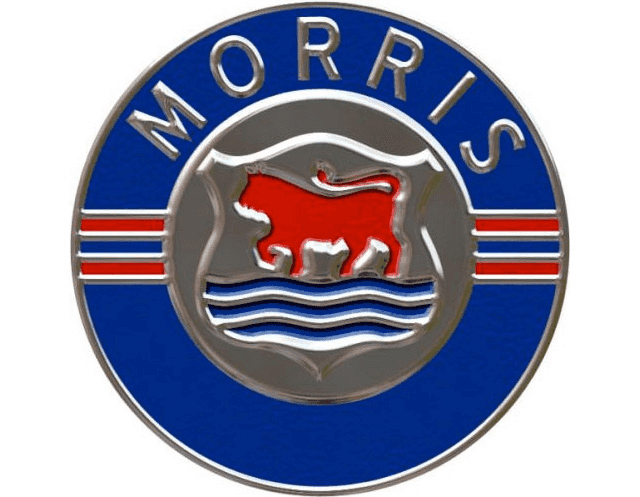
MORRIS MINOR 1000 MOT Statistics by Year
Select a model year to see detailed MOT results; including pass rates, mileage trends, and the most common defects found for that specific MORRIS MINOR 1000.
Defect rate by model year
The Morris Minor 1000, first introduced in 1956, has become an iconic model in British automotive history. Known for its charming design and practicality, the Minor 1000 was produced until 1971 and remains a beloved classic car among enthusiasts. As with many vintage vehicles, understanding its reliability through MOT inspection data is crucial for potential buyers and collectors.
When examining the reliability of the Morris Minor 1000 across its production years, the data reveals a mixed performance compared to the average car of the same era. From 1966 to 1970, the model consistently recorded a higher number of defects per 100 tests than the average for its respective years. For instance, the 1970 model year stands out with a notable defect rate of 167, significantly surpassing the average of 118, marking a 42% increase in defects. This trend suggests that certain years may be less reliable, particularly 1968 and 1970, which exhibited defect rates of 154 and 167, respectively.
Recurring issues identified in the MOT data include excessive fluid leaks, worn suspension components, and brake imbalances. While these problems are not unique to the Morris Minor 1000 and can be found across many vintage vehicles, their prevalence in this model indicates potential areas of concern for owners. The 1971 model year, however, saw a commendable drop in defects, with only 106 reported, which is 17% lower than the average for that year, suggesting improvements in reliability.
Did you know?
In a broader context, the Morris Minor 1000 is often celebrated for its charming aesthetics and historical significance, yet its reliability data reflects the typical challenges faced by classic cars. As with any vintage vehicle, prospective owners should be prepared for the maintenance and repair that may be necessary to keep these beloved cars on the road.